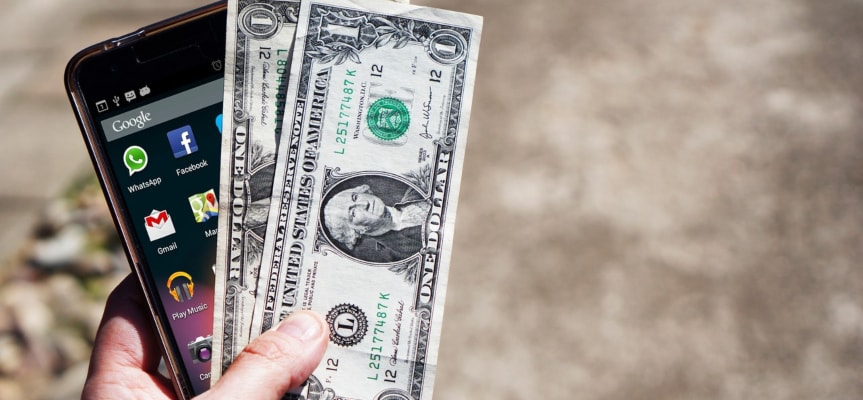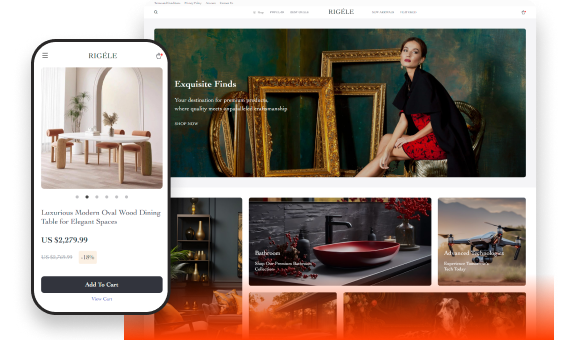Micro Influencers VS A-List Celebrities: Who Will Promote Your Business More Efficiently?

Anyone engaged in digital marketing knows about social media influencers and how they can improve your business by promoting it to their own audience. But who are micro influencers and why some businesses can find such channels and accounts even more useful than that of celebrities? Keep reading to get the answers.
Who are micro influencers?

Micro influencers are the owners of social media accounts, channels and blogs who have a small number of subscribers.
This definition seems too simple and vague, but the last part is the most problematic because nobody can actually say for sure how much ‘small’ is. Some marketers define them as people with 500 to 10,000 followers while others say they’re the ones with up to 1 million followers.
As you can see, the numbers range a lot. For now, let’s just say that in most cases micro influencers have 1,000 to 100,000 subscribers, but we’ll get to this matter again later.
What’s important here is that such people have smaller audiences compared to celebrities with millions of followers, and that’s… good!
Advantages of micro influencer marketing
#1 Lower cost
Obviously, the less subscribers an account owner has the less he or she will charge for publishing your posts. For example, you will have to pay hundreds of thousands to a celebrity, which makes this category of bloggers completely out of your league if you own a small business.
Although influencers with a few thousands of followers can’t boast similar reach, one can more or less compensate it by working with several influencers at once.
#2 Higher engagement
What’s engagement? Pretty much any kind of interaction between an account owners and the audience including likes, follows, asking and answering questions, commenting, participating in polls and discussions, etc. Celebrities with millions of subscribers cannot physically answer all the questions they’re asked. However, engaging with your audience is much easier when you have only two or three thousand of followers.
From this perspective, a paid post on a celebrity’s account looks more like a billboard. Yes, it’s located where a lot of people can see it, but that’s all there is to it. When a brand is promoted by a person with a small audience, it’s a more personal experience for the subscribers.
This study shows that influencers with 1,000 followers and less receive likes 8% of the time while those with more than 10 million subscribers receive likes 1.6% of the time.
Besides, micro influencers mostly share the same problems as common folks, so there’s more trust in this kind of relationship.
#3 Better conversion rates
84% of consumers trust recommendations from peers (family members, friends and coworkers). Thanks to a smaller number of followers and higher level of engagement, people tend to trust micro influencers more.
They’re seen as someone from your circle with the same experience and problems. Besides, when a celebrity promotes a non-premium brand, it’s kind of obvious he or she was paid for it. But in case of a micro influencer, you can’t be absolutely sure.
As a result, a micro influencer campaign is more efficient in terms of what part of the audience will actually get interested in your product or service.
Simply speaking, more followers result in less trust. An influencer with 1 million subscribers is trusted more than the one with 5 million followers, but loses to the one with 100,000 subscribers.
That’s why it isn’t easy to define how many followers make you a micro influencer and how many make you a macro influencer. A huge brand can regard a blogger with 100,000 followers as a ‘micro’ while a small business can regard the same blogger as a ‘macro’.
How to find micro influencers

Finding influencers isn’t that difficult. First of all, you can use hashtag search in the social network you’re interested in.
For example, try using your brand name to see if there are people already engaging with it. If the person has several thousand followers, that’s a good candidate. Furthermore, since the person knows the brand, it’ll be easier to start working with him or her.
Beside your brand name, try searching for related hashtags. For example, if you sell sports goods, you want to start working with micro influencers interested in sports in general or in particular disciplines such as soccer, baseball, fitness, skiing, etc.
In other words, your task here is to find someone with enough followers who works in a specific niche related to your business. However, although it is simple, manual search can take too long. That’s why one can also use influencer databases.
Some of them are free, some are not. Tinysponsor is just one example of a platform that focuses on micro influencers particularly. Most of such tools also allow you to start influencer campaigns. In this case, you simply pay the platform and tell them what kind of promotion you want, and the team will find and contact influencers.
Using platforms (paid or free) is a good choice when you want to save time because you can find dozens of influencers in one go. Otherwise, you’d have to negotiate with each potential influencer individually.
How much do micro influencers charge?

When you ask an influencer to place your post, it’s basically advertising. Consequently, few would want to do it for free. Of course, micro influencers charge less than huge account owners, however, defining a precise price isn’t easy as it depends on a number of factors such as:
- the number of subscribers
- whether the ad suits the influencer’s niche
- type of post
- whether the influencers have to place a ready post or make one themselves
- the number of posts you want to be placed
And of course, your own negotiation skills can change the price too.
As a rule, the more followers a person has, the more money he or she will ask, but the social network also matters.
These are the average prices influencers charge according to WebFX:
- Facebook: $25 / 1000 followers
- Instagram: $10 / 1000 followers
- Twitter: $2 / 1000 followers
- YouTube: $20 / 1000 followers
- Snapchat: $10 / 1000 followers
- Blogs: $60 / 1000 followers
Conclusion: micro vs. macro influencers
Strictly speaking, micro influencers offer more benefits for businesses than social media users with millions of subscribers.
They generate more engagement with followers and work in very narrow niches, which makes their content highly relevant. If somebody subscribed, it means this person is sincerely interested in the given content. On the contrary, a person may follow a celebrity’s account only because the influencer’s status. So, such people may show absolutely no interest to what looks like a paid advertising.
Moreover, followers see micro influencers as everyday people and, therefore, trust their opinion much more compared to celebrities. And although macro influencers have much greater reach, one can compensate it by partnering with several influencers.
Simply put, a micro influencer has a much smaller audience, but is more effective than a macro influencer. Plus, they are more affordable, which is even more important for small businesses such as dropshipping.
Thinking about enhancing your promotional efforts? Try out AliDropship services aimed at spreading the word about your outstanding store and enjoy the difference they make!
















